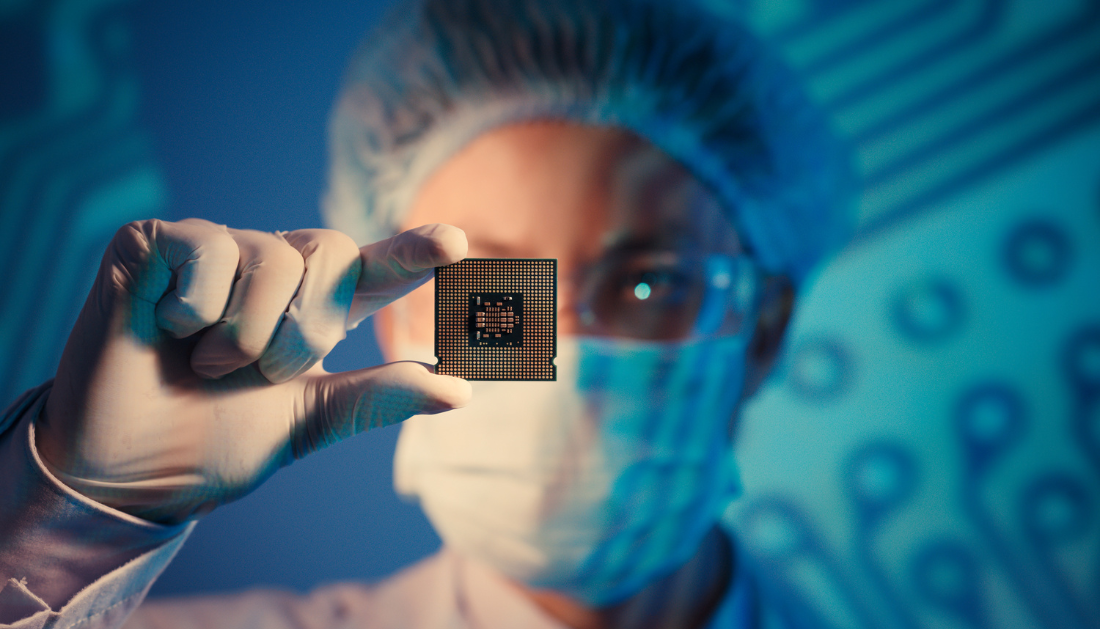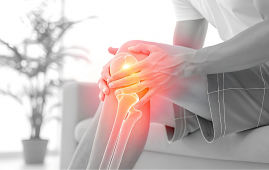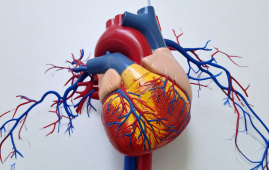

Scientists at the University of North Carolina at Chapel Hill have developed a new drug delivery patch known as the Spatiotemporal On-Demand Patch (SOP), which can receive wireless commands from a smartphone or computer to plan and trigger drug release from individual microneedles. The patch’s thin, soft substrate mimics a Band-Aid and was created to improve user comfort and convenience, as wearability is an important consideration for chronically unwell patients.
The study team, led by Juan Song, PhD, professor of pharmacology at the UNC School of Medicine, and Wubin Bai, PhD, assistant professor of applied physical sciences at the UNC College of Arts and Sciences, tested the SOP in a mouse model, utilizing melatonin microneedles to promote sleep.
This study, published in the journal Nature Communications, paves the way for future research into wirelessly controlled patches that can give on-demand treatments for neurodegenerative illnesses such as Alzheimer’s disease. To that end, the UNC School of Medicine and UNC Health supported a $25,000 pilot experiment to evaluate the SOP in a mouse model of Alzheimer’s disease.
“SOP’s ability to enable joint delivery of multiple drugs could address various aspects of Alzheimer’s Disease, such as reducing beta-amyloid plaques, mitigating neuroinflammation and enhancing cognitive function,” said Bai, a co-senior author of the study
Yihang Wang of the Department of Applied Physical Sciences and Zeka Chen of the Department of Pharmacology collaborated on the open access work “Digital Automation of Transdermal Drug Delivery with High Spatiotemporal Resolution.” According to Bai, the study highlights not only multidisciplinary collaboration but also “passionate involvement of Carolina undergraduate students,” including Priyash Hafiz of the Department of Applied Physical Sciences and Brayden Davis, Will Lipman, Tian Wang, and Sicheng Xing of the UNC/NCSU Joint Department of Biomedical Engineering.
The patch, which has a provisional patent, allows for extremely localized therapy of certain tissues, organs, or regions of the body (less than 1 square millimeter), with medication release occurring within 30 seconds of an electrical input. Patients might wear multiple patches at once, reducing the need for doctor visits or possibly hospitalization for medical treatment.
“The beauty of this device is that it can house dozens, if not hundreds, of concentrated drugs and program their sequential release automatically,” said Song, a UNC Neuroscience Center member. “Rapid drug release can be crucial in emergency situations or when immediate therapeutic action is required.”
The gold-coated microneedles safeguard the medications and nearby tissues. When a low-voltage electrical stimulus is provided through the patch, the gold covering dissolves, exposing the drug-loaded microneedles to the skin and starting the controlled release of the medications.
“This level of specificity ensures precise and customized drug delivery, catering to the needs of different conditions or specific regions of the body,” Wang added. “This offers a novel approach to achieving controlled drug release through a combination of materials science and electrical engineering.”
more recommended stories
 Genetic Diversity Explains Obesity Risk Differences
Genetic Diversity Explains Obesity Risk DifferencesCross-ancestry Study Identifies Novel Obesity Genes.
 Meniscal Tear and OA Pain Improved by Home Exercise
Meniscal Tear and OA Pain Improved by Home ExerciseHome Exercise Proves Effective for Knee.
 AI ECG Model Outperforms Standard STEMI Triage
AI ECG Model Outperforms Standard STEMI TriageNovel AI ECG Model Outperforms Standard.
 New Software Transforms Real-Time Pathogen Surveillance
New Software Transforms Real-Time Pathogen SurveillanceReal-Time Pathogen Surveillance Software Transforms Environmental.
 Bright Nights May Increase Stroke, Heart Failures in Adults
Bright Nights May Increase Stroke, Heart Failures in AdultsBright Nights are tied to increased.
 Cannabis Use Linked to Regular Tobacco in US Youth
Cannabis Use Linked to Regular Tobacco in US YouthCannabis Use and Tobacco Risk: A.
 Mediterranean Diet Reduces Endometriosis Risk in Women
Mediterranean Diet Reduces Endometriosis Risk in WomenMediterranean Diet and Endometriosis: A Promising.
 Night Shifts May Trigger Irritable Bowel Syndrome (IBS)
Night Shifts May Trigger Irritable Bowel Syndrome (IBS)Night Shifts and Digestive Health: Linking.
 Blood test shows promise for faster ALS diagnosis
Blood test shows promise for faster ALS diagnosisSummary / Key Points A UCLA.
 Caraway seed chemistry yields anticonvulsant leads
Caraway seed chemistry yields anticonvulsant leadsA team led by UNLV researchers.

Leave a Comment